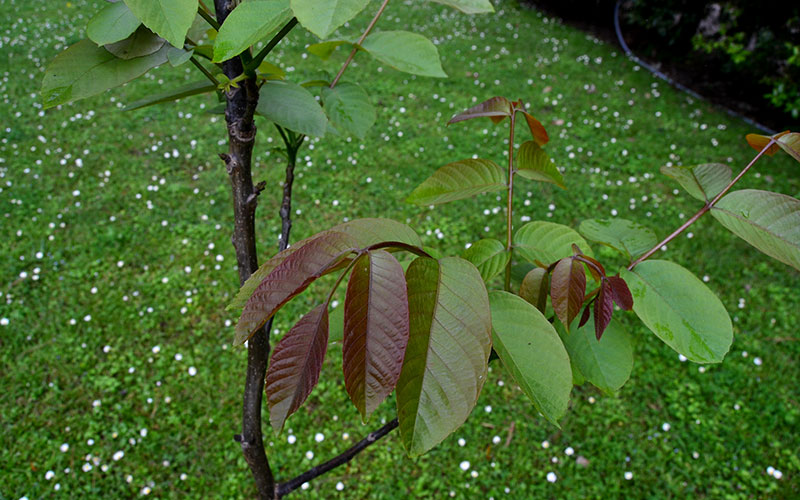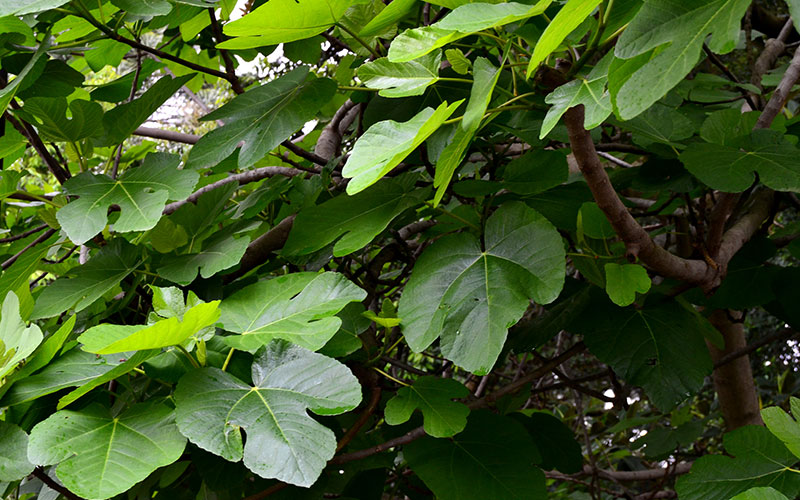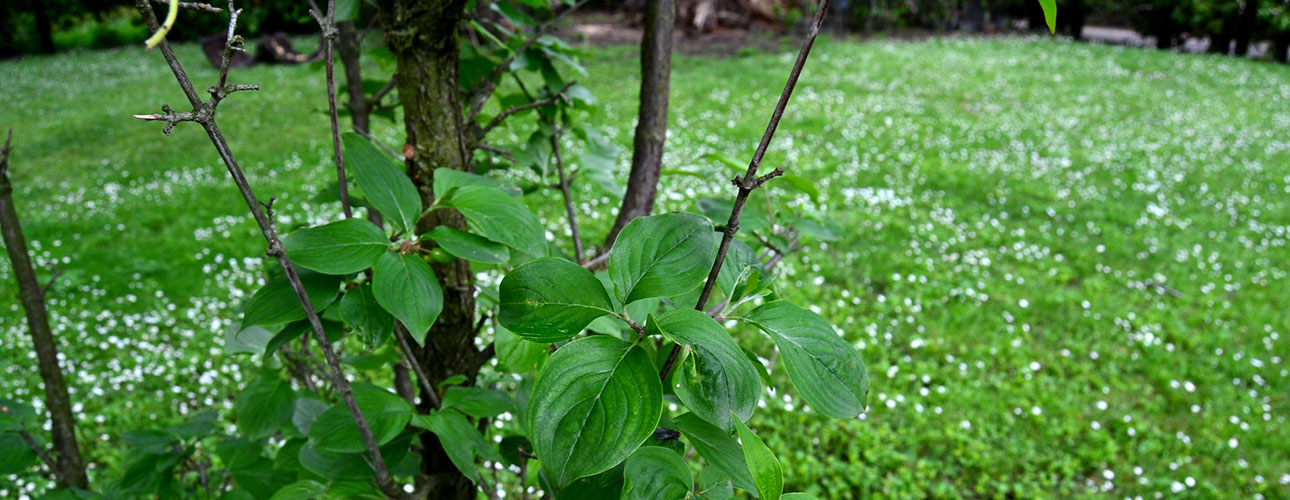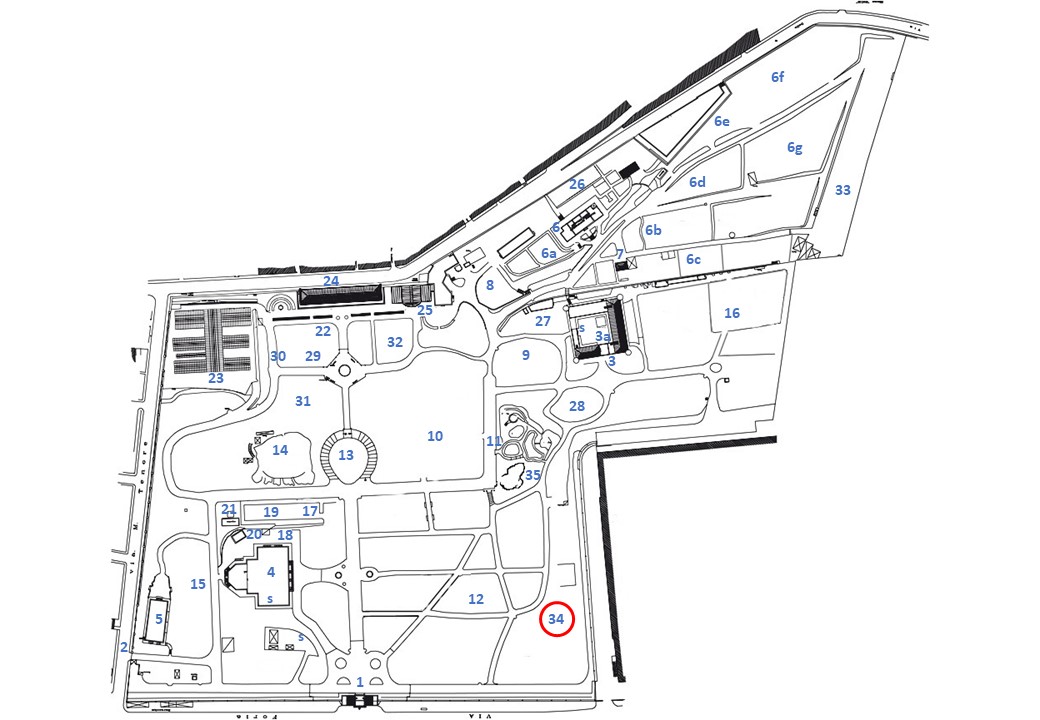The Hamadryads were terrestrial nymphs believed by the ancient Greeks to live within trees and be inseparably connected to them. They were born with the tree, protected it throughout its life, and died with it. This characteristic distinguished them from the immortal Dryads, nymphs identified with the lushness of the forests, not closely related to specific trees and therefore free to move around.
 The walnut tree (Juglans regia L.), the abode of the nymph Karya.
The walnut tree (Juglans regia L.), the abode of the nymph Karya.
The first complete mention of the Hamadryads dates back to a passage by Pherenicus (2nd century BCE), reported by a later author, Athenaeus (2nd century CE). The eight Hamadryads mentioned by Pherenicus lived in the following trees: Karya in the walnut (Juglans regia), Balanos in the Valonia oak (Quercus ithaburensis subsp. macrolepis), Kraneia in the cornelian cherry (Cornus mas), Morea in the black mulberry (Morus nigra), Aigeiros in the black poplar (Populus nigra), Ptelea in the Scots elm (Ulmus glabra), Ampelos in the grapevine (Vitis vinifera), Sykea in the fig tree (Ficus carica).
 The fig tree (Ficus carica L.), the abode of the nymph Sykea.
The fig tree (Ficus carica L.), the abode of the nymph Sykea.
The father Oxylus was connected to the beech tree (Fagus sylvatica), and the mother Hamadryad to the holm oak (Quercus ilex).



 Sistema Museale di Ateneo
Sistema Museale di Ateneo